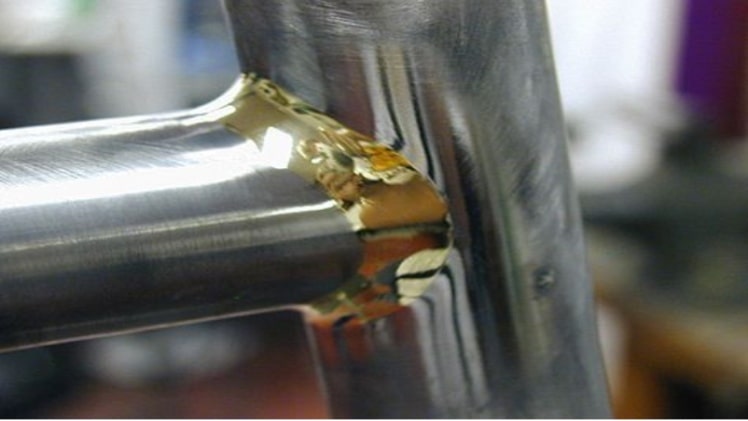When it comes to plumbing, there are a few different materials that are popular among homeowners. Stainless steel and brass fittings are two of the most common options, but some people may wonder if they are compatible. In this article, we’ll explore the compatibility of stainless steel and brass fittings and provide some tips on how to make them work together. Let’s get started!
What are brass and stainless steel fittings
Brass is an alloy of copper and zinc, and stainless steel is an alloy of iron, chromium, and nickel. Both metals are used in a variety of applications, including plumbing fittings. Brass fittings are more common in lower-pressure applications, while stainless steel fittings are more common in higher-pressure applications. Each fitting type has its own advantages and disadvantages.
Brass fittings are less likely to corrode than stainless steel fittings, making them a good choice for lower-pressure applications. Brass is also a softer metal than stainless steel, so it is easier to create threads on brass fittings. However, brass is a more expensive metal than stainless steel, so brass fittings may be slightly more expensive than stainless steel fittings.
Stainless steel fittings are more likely to resist corrosion than brass fittings, making them a good choice for higher-pressure applications. Stainless steel is also a harder metal than brass, so it is more difficult to create threads on stainless steel fittings. However, stainless steel is a less expensive metal than brass, so stainless steel fittings may be slightly less expensive than brass fittings.
When choosing brass or stainless steel fittings, it is important to consider the application in which they will be used. Both types of fittings have their own advantages and disadvantages, so it is important to choose the type of fitting that is best suited for the application. HONGDA fittings are an excellent option for stainless steel fittings.
How do you identify brass and stainless steel fittings
There are a few ways to identify brass and stainless steel fittings. One way is by their color. Brass is usually a gold or yellow color, while stainless steel is usually silver in color. Another way to tell them apart is by their weight. Brass is heavier than stainless steel, so if you pick up two fittings of the same size, the brass one will be heavier. Finally, you can tell them apart by their price. Brass is usually more expensive than stainless steel.
Tips for using brass and stainless steel fittings
When using brass or stainless steel fittings, it is important to keep a few things in mind. First, always use pipe dope or teflon tape on the threads to ensure a good seal. Second, make sure that the fittings are tightened properly so that they do not come loose. Finally, be careful not to over-tighten the fittings, as this can damage them. By following these simple tips, you can be sure that your brass or stainless steel fittings will provide a leak-free connection.
Bottom Line
Brass and stainless steel fittings are compatible, so that’s the answer to your question. Both materials are strong and durable, so they can stand up to heavy use. Additionally, both materials are corrosion-resistant, so they won’t rust or corrode over time.

